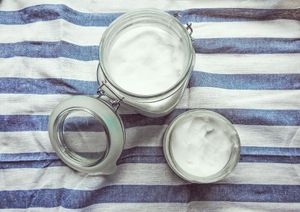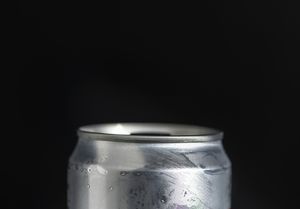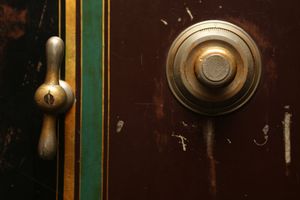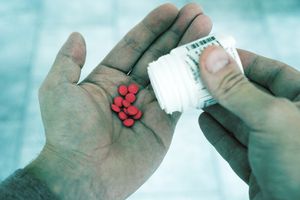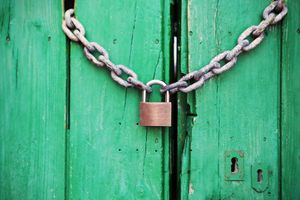
Art has the power to inspire people, making them see things from a different angle. Whether it is dancing, drawing a portrait, playing a musical instrument or writing a story, art stimulates the brain and encourages positive actions in one’s life.
Art therapy is especially effective for those recovering from substance abuse. Although medications often play a major part of addiction treatment, a creative form of self-expression is also an important step in sobriety. Artistic expressions allow people to communicate their thoughts, ideas, and fears in a way that verbal communication is sometimes incapable of. During the art therapy, people can even discover something about themselves they didn’t know before.
What Is An Art Therapy?

According to Psychology Today magazine, art therapy involves the use of creative techniques such as drawing, painting, collage, coloring, and sculpting to help people express themselves artistically and examine the psychological and emotional undertones in their art. With the guidance of credentialed art therapist, clients can “decode” the nonverbal messages, symbols, and metaphors often found in these art forms, which should lead to a better understanding of their behavior and feelings so they can move on to resolve deeper issues.
In other words, art therapy encourages free self-expression through any form of art and is used to cope with traumatic events, stress or other mental health disorders.
The art therapy activities usually include:
- Painting
- Drawing
- Sculpting
- Dancing
- Acting
- Music
- Poetry
- Jewelry making
- Cooking
- Singing
- Sewing
- Creative writing
How Does The Art Therapy Support Substance Abuse Treatment?
Since the 1950s, art therapy has been used as a way to provide emotional release, self-expression, and stress management. The Journal of Addiction Nursing states that art therapy can contribute to the recovery process in the following ways:
- Decrease the client’s denial of addiction
- Increase the client’s motivation to change
- Provide a safe outlet for communication
- Lessen the shame of addiction
Art therapy is a part of a comprehensive drug treatment that includes individual therapy, group therapy, family counseling, 12-Step meetings, and other core services that aid addiction treatment. Art therapy complements these services by providing a break from the direct, intensive work of talk therapy and allowing the subconscious to express itself creatively.
Art therapy is an important complement to a 12-Step program. According to Art Therapy: Journal of the American Art Therapy Association, recovering patients can use art activities to explore the hidden feelings of shame, guilt, fear, or unmanageability that led them to come to rehab. For example, through the process known as incident drawing, clients can freely illustrate the experiences of feeling self- destructive or out of control, which can lead them to become in peace with themselves, and ultimately, healing. Therapists often use fluid paint to help clients experience the sensation of being out of control, which in turn helps them admit their need for sobriety.
Art therapy should be considered as a creative form of nonverbal communication. Language is not always the most effective way to convey the emotions that are uncovered in the recovery process. Art therapy is a necessary addition to traditional talk therapy because it gives clients an alternative way to describe and communicate their feelings.
Art Therapy Doesn’t Require Artistic Talent
You may be discouraged to enter art therapy during substance abuse treatment if you do not have an aptitude for it. However, you do not need to have any art skills to benefit from art therapy. No one is going to judge the quality of your artwork. The purpose of each session is to focus on what your art says about you and your thought process, and how this knowledge can be applied in your drug or alcohol abuse treatment.

But even though art therapy doesn’t require you to possess any artistic talent, the session may bring out the hidden artist within you. Eventually, you may be surprised with your ability to express yourself artistically. Art therapy can even help you discover new things about your character that you may not have known before.
As you continue art therapy as part of your addiction treatment, you will be able to track your progress. Your art will speak for your improved state. Some of the first artwork produced by you might express anger, frustration, fear, and confusion, but as you move forward, you will find healthier ways to express yourself and your paintings will tone down.
Finding an Art Therapy Program

Rehab programs that emphasize the role of holistic therapies are most likely to include art therapy in their recovery services. If you are interested in art therapy, consider visiting Alternative to Meds Center (AMC). Its programming includes the use of art and other therapy modalities to give the client as broad a horizon of recovery as possible.
AMC also offers many other holistic therapies that include acupuncture, yoga and meditation, massage, ionic footbath and many more. These holistic treatments help generate a positive and clean environmental footprint for the body, mind, and spirit.
AMC uses the very best of the medical, psychotherapeutic and holistic worlds to provide clients with the most complete integrative and transformative program offered in the country. The AMC brings the licensed therapists and counselors, doctors from both medical and naturopathic realms, alternative practitioners, acupuncturists, holistic nurses, addiction treatment specialists, and diverse care providers together from around the world to deliver a program capable of delivering recovery to the complex population that they serve.
AMC’s accommodations are luxurious and retreat-like in Sedona, AZ, rather than a sterile and cold institutional type setting. The beauty of nature helps individuals reconnect with the things they love, which is one of the highest forms of healing.
For more information, visit Alternative to Meds Center website.




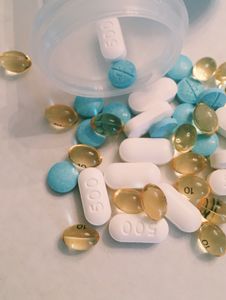


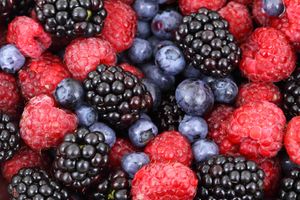

 Not only avocados are tasty and Instaworthy, but they also offer various beneficial compounds that protect against inflammation and reduce your cancer risk.
Not only avocados are tasty and Instaworthy, but they also offer various beneficial compounds that protect against inflammation and reduce your cancer risk.
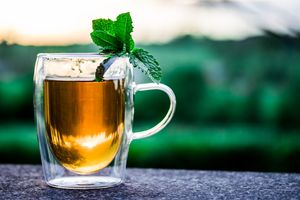




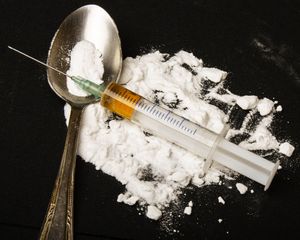
 An increasing number of states had legalized medical uses of marijuana. Many states also allow recreational pot. Although marijuana has a reputation of being harmless, fun substance, it still changes the biochemistry of the brain, sometimes with permanent consequences. A study published in the Hippocampus journal concluded that teenagers who smoked pot every day for three years had “abnormally shaped” hippocampus region when they reached their early 20s. They “performed around
An increasing number of states had legalized medical uses of marijuana. Many states also allow recreational pot. Although marijuana has a reputation of being harmless, fun substance, it still changes the biochemistry of the brain, sometimes with permanent consequences. A study published in the Hippocampus journal concluded that teenagers who smoked pot every day for three years had “abnormally shaped” hippocampus region when they reached their early 20s. They “performed around 









